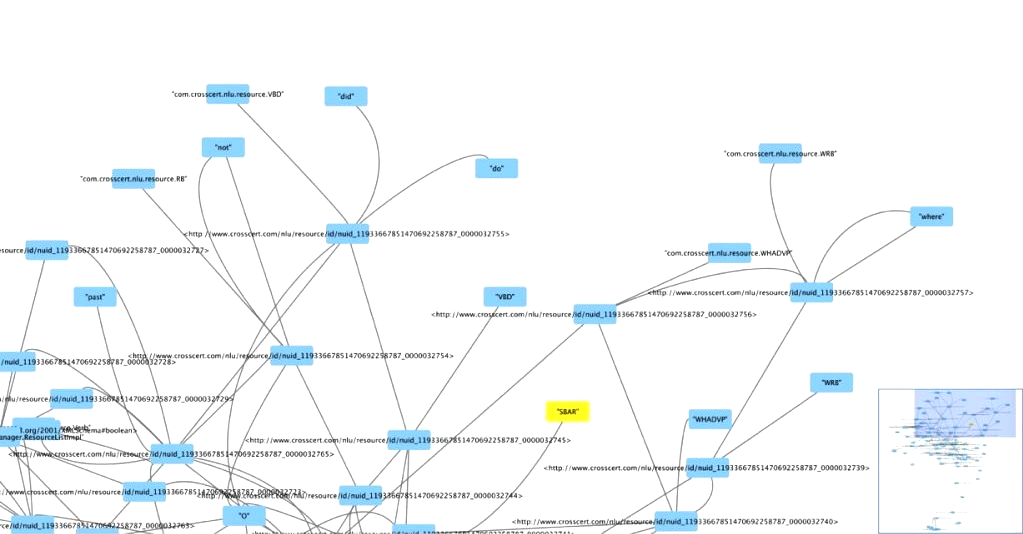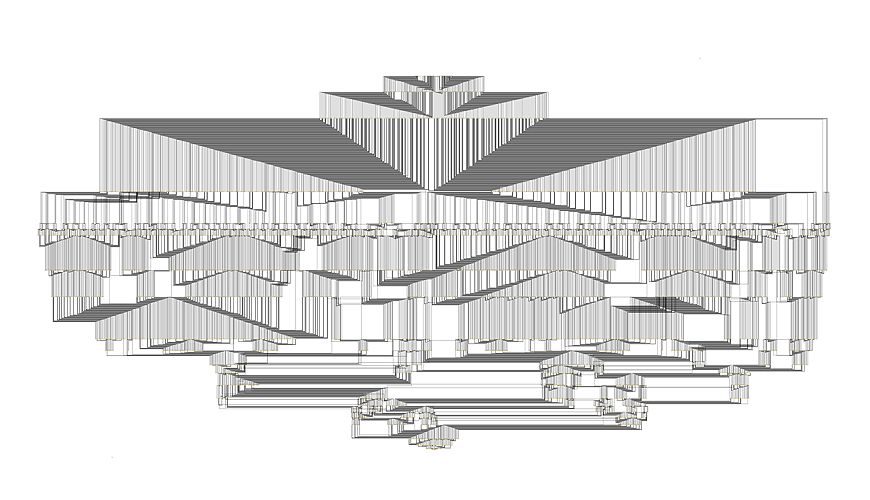Every person has an episodic memory that stores everyday experiences such as meeting people, visiting different locations, conversations with other people, and basically a trace of all his or her activities. Similarly, what a person knows in terms of knowledge about the world or the meaning of a conversation is stored in the semantic memory.
In Artificial Intelligence (AI) any intelligent agent also needs a memory to store its experiences and knowledge about the world (and itself).
Memory Graph is a human-like AI memory system built by AIBrain that integrates episodic and semantic memories for an intelligent agent. Memory is an essential component of artificial intelligence along with problem solving and learning. AIBrain is building an integrated AI platform called AICoRe that combines all these three components. Memory Graph is available as a standalone component for any AI application to add human-like memory capabilities.
All the information in Memory Graph, whether episodic or semantic, is broken down into fundamental units of information in the form of a network of nodes and relationships (i.e., a graph data structure). Technically, Memory Graph is basically a directed labelled graph where knowledge is represented in the form of nodes connected by directed edges. That’s where the name Memory Graph comes from.
The following is the visualization of a portion of the Memory Graph content. It represents information about one sentence in a natural language conversation between the human user and the intelligent agent. The sentence is “But they did not know where to put it.”



